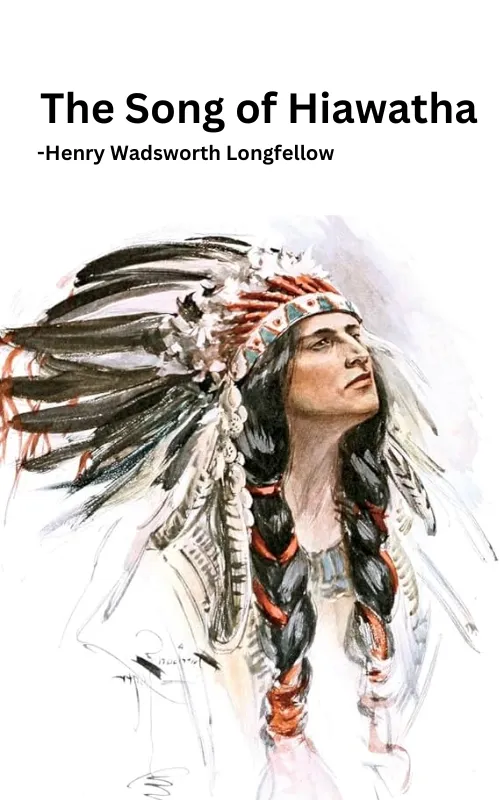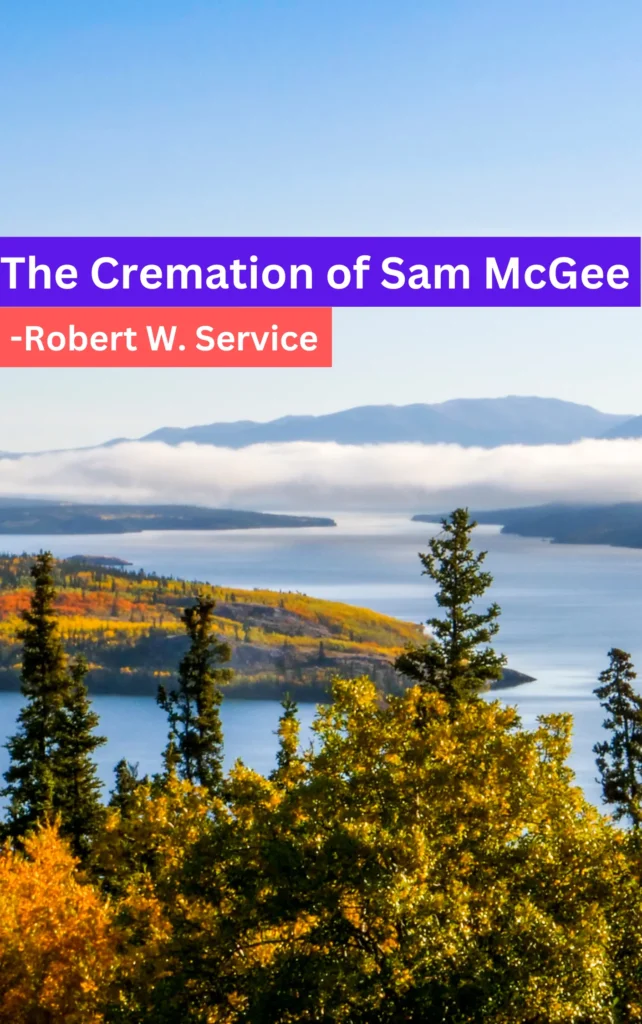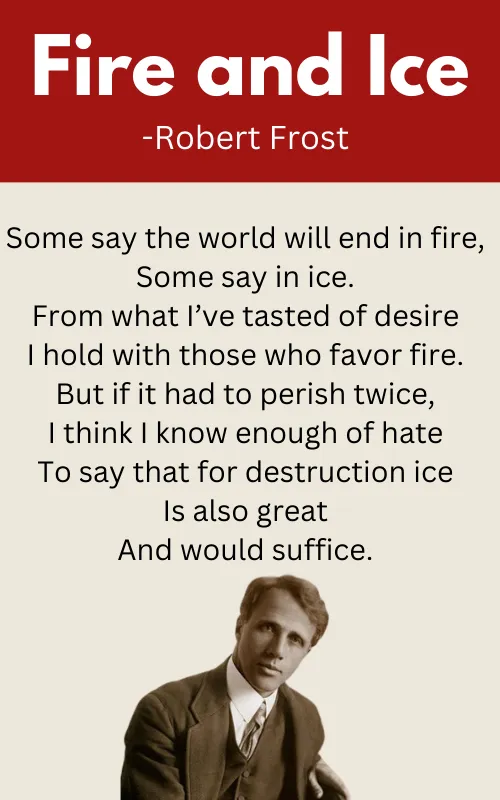About the Poem “Twas the night before“
| Poem Title | A Visit from St. Nicholas (Twas the night before christmas) |
| Author | Clement Clarke Moore |
| Publication date | December 23, 1823 |
| Genre | Christmas Poetry |
| Setting | A house on Christmas Eve |
| Structure | The poem consists of 56 lines divided into four-line stanzas, rhyming in an AABB pattern. |
| Theme | The poem celebrates the magic and joy of Christmas, focusing on the arrival of Santa Claus and the anticipation of children. |
| Characters | St. Nicholas, the speaker, the speaker’s wife, the speaker’s children |
Themes of Twas the night before christmas
The themes of the poem “Twas the night before christmas” by Clement Clarke Moore are:
- Christmas Joy ➤ The poem celebrates the excitement and happiness of Christmas Eve, especially for children.
- Magic and Wonder ➤ It portrays the magical arrival of Santa Claus and the wonder it brings to children.
- Family and Tradition ➤ It highlights the importance of family gatherings and the traditional customs of celebrating Christmas.
- Anticipation ➤ The poem captures the anticipation and eagerness of children as they await the arrival of Santa Claus.
- Generosity ➤ It conveys the message of giving and spreading joy, as Santa Claus delivers gifts to children.
Literary Devices of Twas the night before christmas
- Rhyme Scheme – The poem follows an AABB rhyme scheme, contributing to its rhythmic and melodic quality.
- Alliteration – The repetition of consonant sounds, such as in “stockings were hung by the chimney with care,” enhances the poem’s musicality.
- Imagery – Vivid descriptions create mental pictures of the scenes, like “visions of sugarplums danced in their heads,” painting a festive and joyful atmosphere.
- Personification – The poem personifies objects and creatures, giving them human-like qualities, as seen in “not a creature was stirring, not even a mouse.”
- Repetition – The repetition of the phrase “not a creature was stirring” emphasizes the quiet and stillness of the night, building a sense of anticipation.
- Symbolism – Objects like stockings and the chimney represent Christmas traditions and add symbolic depth to the poem.
- Metaphor – The phrase “a miniature sleigh and eight tiny reindeer” employs metaphor, creating a vivid image of Santa’s mode of transportation.
- Hyperbole – Exaggerations, like “more rapid than eagles, his coursers they came,” add excitement and energy to the description of Santa’s arrival.
- Anaphora – The repetition of the word “with” in the line “with a little old driver, so lively and quick” adds emphasis and rhythm to the description.
- Enjambment – The poem uses enjambment to maintain a flowing and continuous rhythm, contributing to its storytelling quality.
“Twas the night before christmas” Poem by Clement Clarke Moore
Twas the night before Christmas, when all through the house
Not a creature was stirring, not even a mouse;
The stockings were hung by the chimney with care,
In hopes that St. Nicholas soon would be there;
The children were nestled all snug in their beds;
While visions of sugar-plums danced in their heads;
And mamma in her ‘kerchief, and I in my cap,
Had just settled our brains for a long winter’s nap,
When out on the lawn there arose such a clatter,
I sprang from my bed to see what was the matter.
Away to the window I flew like a flash,
Tore open the shutters and threw up the sash.
The moon on the breast of the new-fallen snow,
Gave a lustre of midday to objects below,
When what to my wondering eyes did appear,
But a miniature sleigh and eight tiny rein-deer,
With a little old driver so lively and quick,
I knew in a moment he must be St. Nick.
More rapid than eagles his coursers they came,
And he whistled, and shouted, and called them by name:
“Now, Dasher! now, Dancer! now Prancer and Vixen!
On, Comet! on, Cupid! on, Donner and Blitzen!
To the top of the porch! to the top of the wall!
Now dash away! dash away! dash away all!”
As leaves that before the wild hurricane fly,
When they meet with an obstacle, mount to the sky;
So up to the housetop the coursers they flew
With the sleigh full of toys, and St. Nicholas too—
And then, in a twinkling, I heard on the roof
The prancing and pawing of each little hoof.
As I drew in my head, and was turning around,
Down the chimney St. Nicholas came with a bound.
He was dressed all in fur, from his head to his foot,
And his clothes were all tarnished with ashes and soot;
A bundle of toys he had flung on his back,
And he looked like a pedler just opening his pack.
His eyes—how they twinkled! his dimples, how merry!
His cheeks were like roses, his nose like a cherry!
His droll little mouth was drawn up like a bow,
And the beard on his chin was as white as the snow;
The stump of a pipe he held tight in his teeth,
And the smoke, it encircled his head like a wreath;
He had a broad face and a little round belly
That shook when he laughed, like a bowl full of jelly.
He was chubby and plump, a right jolly old elf,
And I laughed when I saw him, in spite of myself;
A wink of his eye and a twist of his head
Soon gave me to know I had nothing to dread;
He spoke not a word, but went straight to his work,
And filled all the stockings; then turned with a jerk,
And laying his finger aside of his nose,
And giving a nod, up the chimney he rose;
He sprang to his sleigh, to his team gave a whistle,
And away they all flew like the down of a thistle.
But I heard him exclaim, ere he drove out of sight—
“Happy Christmas to all, and to all a good night!”
Watch Full Poem Summaty & Analysis
Twas the night before christmas Summary
A Visit from St. Nicholas, also known as ‘Twas the Night Before Christmas, is a poem written by Clement Clarke Moore in 1822. It is one of the most famous Christmas poems of all time, and its descriptions of Santa Claus and his reindeer have helped to shape the modern-day image of Santa.
The poem begins on Christmas Eve, with the speaker’s family preparing for bed. The children are nestled in their beds, dreaming of sugarplums (a type of candy), and the speaker and his wife are about to settle down for the night.
Suddenly, the speaker hears a clatter outside. He rushes to the window and sees Santa Claus and his eight reindeer landing on the roof. Santa climbs down the chimney and enters the house, carrying a sack full of toys.
The speaker is amazed by Santa’s appearance. He is a jolly old elf with a twinkle in his eye and a nose like a cherry. He is dressed in a fur suit and has a beard as white as snow.
Santa delivers presents to all of the good little boys and girls in the house. He fills the stockings hanging by the fireplace and leaves toys under the Christmas tree. Then, he climbs back up the chimney and returns to his sleigh.
As Santa flies away, he calls out, “Happy Christmas to all, and to all a good night!”
The speaker is overjoyed by Santa’s visit. He knows that this is a special night, and he is grateful for all of the gifts that Santa has brought.
FAQs from “Twas the night before“
When does the poem take place?
The poem takes place on Christmas Eve.
Who is the speaker in the poem?
The speaker is a father who is preparing for bed with his family on Christmas Eve.
Who is Santa Claus?
Santa Claus is a jolly old elf who delivers presents to good little boys and girls on Christmas Eve.
How does Santa Claus travel?
Santa Claus travels in a sleigh pulled by eight reindeer.
What does Santa Claus do when he arrives at the speaker’s house?
Santa Claus climbs down the chimney and delivers presents to all of the good little boys and girls in the house.
How does Santa Claus know who has been naughty or nice?
Santa Claus has a list of all the good little boys and girls in the world. He also has a list of all the naughty children, but he doesn’t always bring them presents.
How many reindeer does Santa Claus have?
Santa Claus has eight reindeer: Dasher, Dancer, Prancer, Vixen, Comet, Cupid, Donner, and Blitzen.
Where does Santa Claus live?
Santa Claus lives at the North Pole with his wife, Mrs. Claus, and his elves.
Why does Santa Claus deliver presents on Christmas Eve?
Santa Claus delivers presents on Christmas Eve because it is the night before Christmas Day. Christmas Day is a special day to celebrate the birth of Jesus Christ.
What is the meaning of the poem?
The poem is about the magic of Christmas and the importance of family and friends. It is also a reminder of the spirit of giving.











